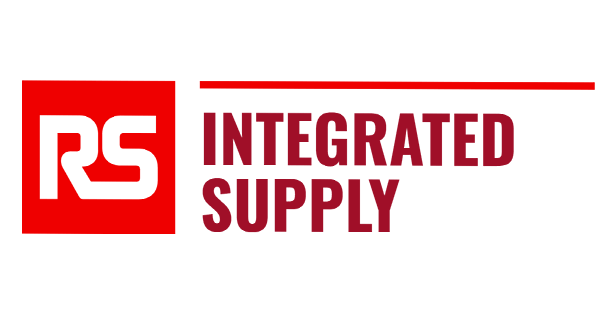Sometimes, to drive process improvements, frustration must first set in. Then comes the realization that there must be a better way to supply the right part, in the right place at the right price while at the same time creating alignment between the objectives of procurement and engineering.
For one UK manufacturing client, the procurement process for MRO materials had been buttoned down. Even the storerooms were safe and clean.
Maintenance, however, remained in a reactive mode. When a piece of manufacturing equipment failed, it was fixed. The firefighter approach meant significant downtime. Lost production. Lost profits.
The frustration manifested from the constant losing of parts and the resulting inventory growth, not to mention the added expense. It was a tale as old as MRO.
The Challenge
At the urging of the on-site integrator, the client decided to develop a planned maintenance approach, one where downtime was limited and maintenance effectiveness improved.
To get there, they needed quality data.
As a recognized brand in its industry, this client has multiple manufacturing plants, each tied to a specific component of the final product, including a final assembly plant. Each facility has its own engineering and maintenance teams supported by a storeroom.
It also meant that each site had its own data set. Any solution would require implementation on a site-by-site basis. This case study addresses the first of five sites scheduled for the enrichment program.
Complicating the activity was the lack of visibility to inventory. Parts descriptions had been improperly entered as OEM descriptions. In some cases, parts were classified as equipment, adding still more confusion. Meanwhile, maintenance engineers did not know what materials they had in the stores. When the equipment failed, they worked to fix it. If parts could not be found in the stores, new ones were ordered, often with expedited freight costs.
The Solution
RS Integrated Supply initiated a data enrichment program designed to improve overall data quality that would lead to more effective maintenance, reduced downtime, optimized inventory and more.
That program featured SnapPart™, proprietary mobile technology from RS Integrated Supply that leverages text and voice recognition, web search, and bar code scanning for rapid parts identification.
Typically, the process begins with an analysis of the client’s initial data pack. In this case, that pack had virtually zero reliable information, i.e., manufacturer name, manufacturer part number, supplier name and part number, etc. That lack of detail triggered a more manual approach where the RS team conducted a wall-to-wall inventory of more than 3,000 parts, using SnapPart™ to capture the required data around manufacturer name and part number, categorization and product images.
Once collected, the information is cross checked using global IDs to accelerate the enrichment process. The data collection team then reviews the improved data to ensure heightened accuracy.
Finally, the data is uploaded into the client’s MRO software system, from which procurement and maintenance can order materials, issue work orders and track progress.
result
Of the more than 3,000 parts touched at the first site in this project, more than 40% were newly identified stocked items. There were an additional 200 items eliminated because of duplication.
In all, client data around manufacturer name improved by nearly 90%, while data around manufacturer part number improved by more than 65%. In both areas, post-project data accuracy was more than 97%.
But it is when that data gets properly used that the true program value reveals itself.
In this case, significant cost avoidance savings were secured simply because the maintenance engineers and procurement teams now know what parts are in stock and available. It translates to less downtime, less time searching for parts, fewer expedited shipping requests, and more sharing of information and parts across other company sites.
The second of five sites returned similar results, except on a larger scale.
Nearly 9,000 parts saw improved data, with an additional 500 parts identified as found, since none of them were in any existing data pack. Also, 100 duplicate items were discovered and condensed.
The second site’s data accuracy saw a 36% gain in added details around manufacturer name. A 16% increase was registered in manufacturer part number. Both are now near 100% accurate with available data.
Three more sites are planned for the enrichment project.


